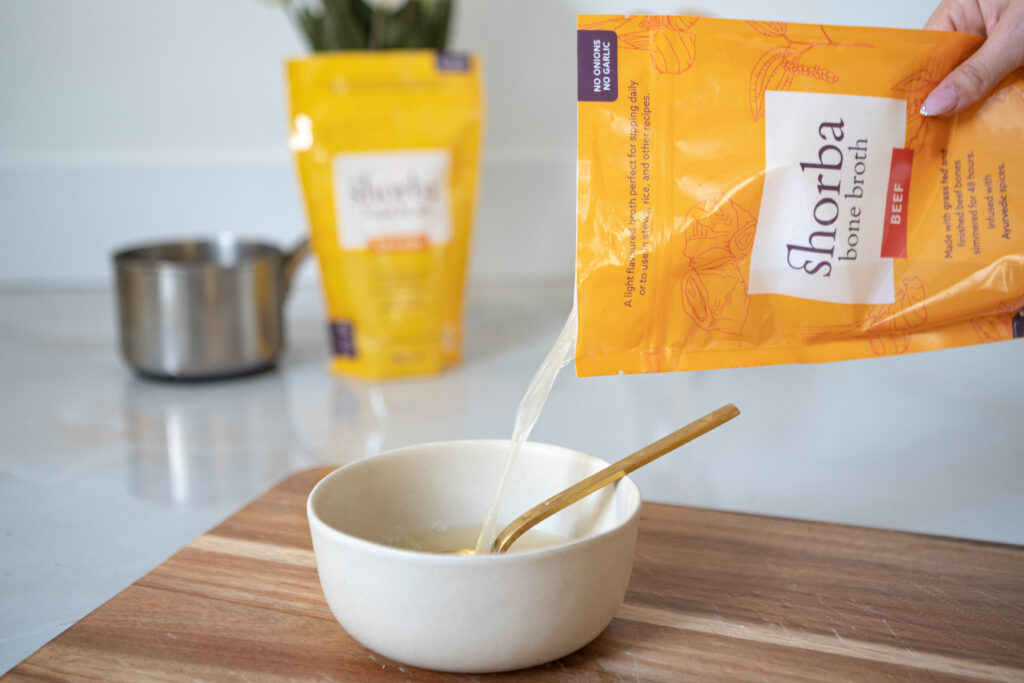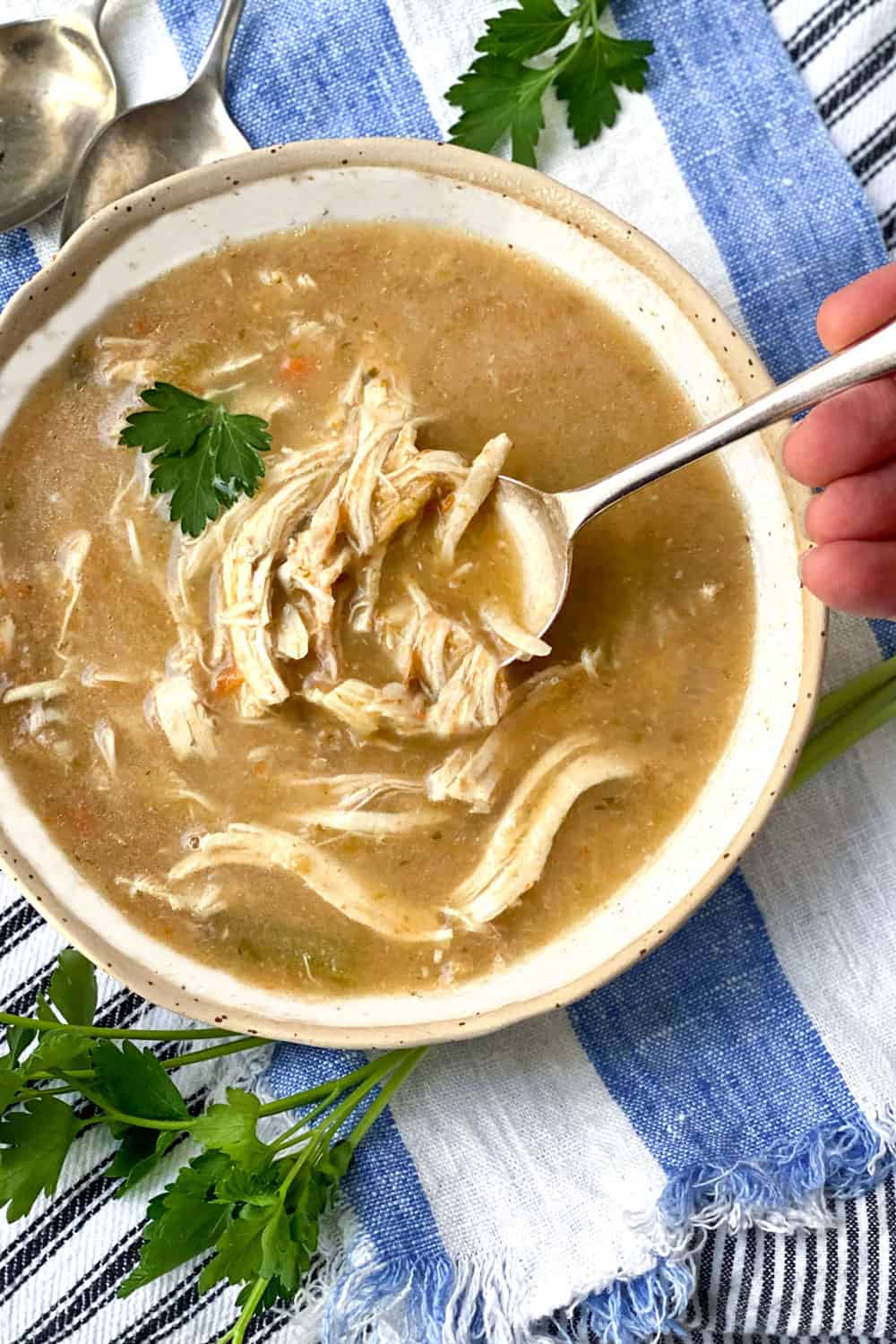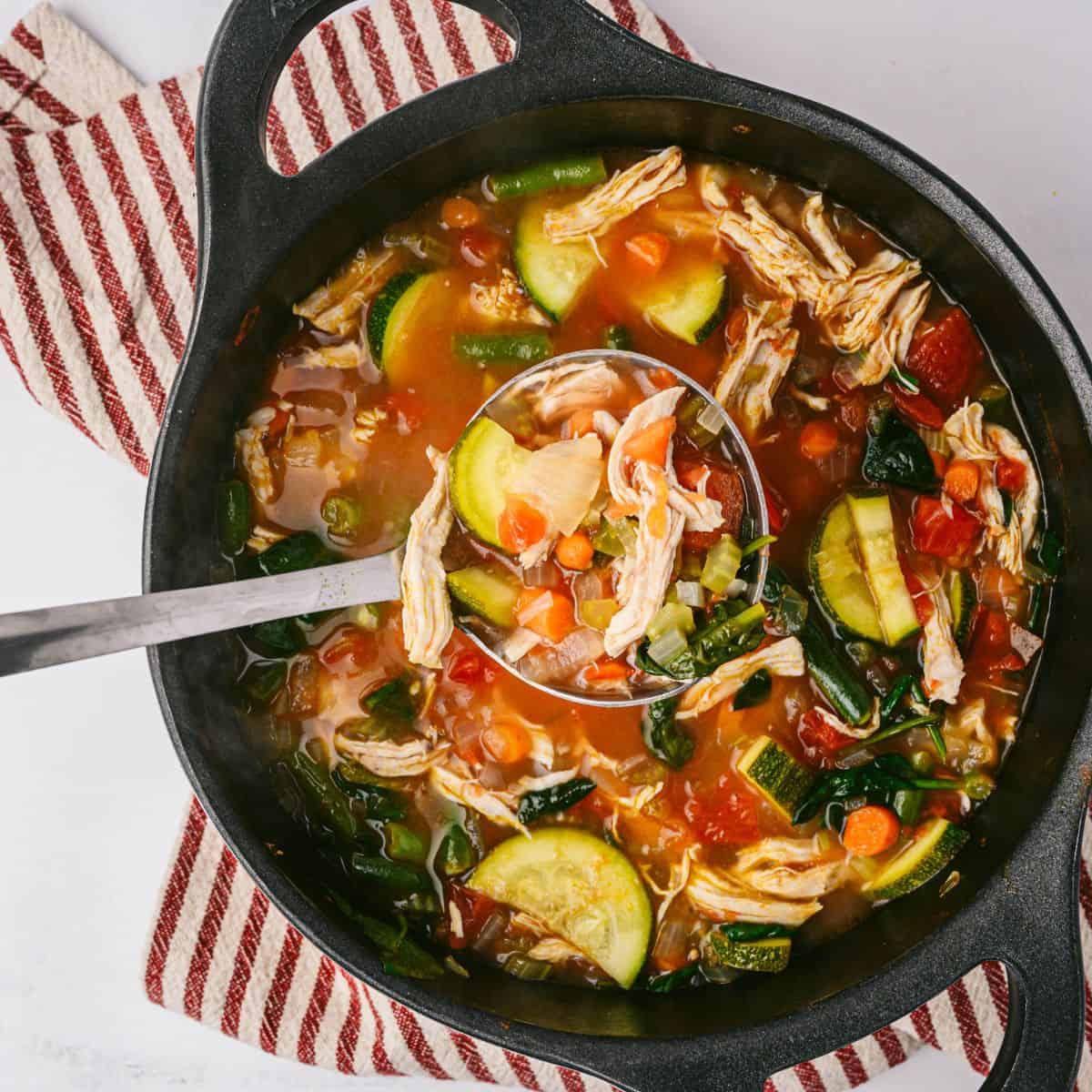The Ultimate Overview to Appreciating and making Organic Bone Broths at Home
Bone broth has actually gained interest for its numerous health advantages and cooking adaptability. Crafting organic bone brew in the house permits individuals to manage the high quality of ingredients, ensuring a nutritious outcome. Recognizing the choice of bones, essential flavor parts, and proper cooking strategies is crucial. As the procedure unravels, one might wonder how to raise their broth beyond the basics and include it into daily meals for improved taste and nourishment.
Understanding the Health And Wellness Conveniences of Bone Brew
Bone brew has been a staple in various foods for centuries, its health advantages have actually gained considerable interest in recent years. Rich in collagen, amino acids, and minerals, bone broth is frequently promoted for its prospective to support joint health and wellness, enhance digestive tract function, and boost skin flexibility. The gelatin stemmed from cooked bones might help food digestion and assistance seal the gut lining, possibly reducing concerns like dripping gut syndrome.Furthermore, the presence of nutrients such as glucosamine and chondroitin may add to lowered swelling and pain relief in joints. Additionally, bone brew is moisturizing and can function as a nourishing base for stews and soups. Many advocates additionally declare that it enhances the immune system, thanks to its mineral profile. In general, the renewal of passion in bone brew is connected to its viewed ability to advertise general wellness and support numerous bodily functions.
Picking the Right Bones for Optimum Taste and Nutrition
What variables should one take into consideration when choosing bones for brew preparation? The kind of bones utilized significantly affects both taste and nutritional worth. Initially, it is important to choose bones that consist of a mix of marrow bones, joint bones, and meaty bones. Marrow bones give healthy fats and rich flavors, while joint bones contribute collagen, improving the brew's dietary profile.Additionally, sourcing bones from pasture-raised or grass-fed animals assurances higher top quality and more nutrients, as these animals are typically much healthier. The freshness of the bones is additionally essential; choosing bones from neighborhood butchers or farmers' markets can assure excellent taste. Bone size matters also; larger bones launch even more jelly, resulting in a richer broth. Taking into consideration the type of animal-- fish, beef, or hen-- can influence the last preference, allowing for versatile brew options customized to specific preferences.
Essential Components for a Delicious Bone Brew

Quality Bone Selection
The foundation of a flavorful bone broth depends on the careful selection of premium bones. Sourcing organic, pasture-raised or grass-fed bones is important, as these options are most likely to be without damaging additives and provide superior nutrients. Ranges such as chicken, beef, or lamb bones each pass on distinct flavors and health benefits. Bone kinds, consisting of marrow bones, knuckle bones, and oxtails, contribute jelly and collagen, improving the broth's structure. Choosing bones with a mix of meat and connective cells can likewise add richness and deepness. Additionally, choosing bones with noticeable marrow assures a nutrient-dense brew, elevating the overall quality. Inevitably, spending time in high quality bone selection prepares for a delicious and nourishing broth.
Aromatic Taste Boosters
Selecting top quality bones sets the phase for a rich and nutritious bone broth, however it is the enhancement of fragrant taste boosters that absolutely raises the meal. Ingredients such as onions, garlic, and carrots not just pass on sweet taste yet additionally contribute depth to the broth. Fresh natural herbs like thyme, parsley, and bay leaves add a great smelling note, while flavors such as black peppercorns and cloves present warmth and intricacy. Additionally, incorporating a splash of apple cider vinegar can help extract minerals from the bones, improving the broth. These taste enhancers develop a harmonious blend, changing an easy brew into a mouthwatering foundation for stews, soups, or sauces, making it a versatile element in any type of cooking collection.
Step-by-Step Overview to Making Bone Brew in the house
Developing bone brew at home can be a fulfilling cooking endeavor that boosts both taste and nutrition in various recipes. To begin, one have to select premium bones, preferably from grass-fed or organic sources. Toasting the bones at 400 ° F for regarding 30 minutes can heighten the flavor. Next, transfer the baked bones to a large pot or slow-moving cooker and cover them with cold water. Including a dash of vinegar aids extract minerals from the bones.Include fragrant vegetables like onions, carrots, and celery for added deepness, in addition to herbs and flavors as wanted. Bring the blend to a boil, after that reduce to a simmer. It is necessary to allow the broth simmer for a minimum of 12 hours, however much longer is more suitable for maximum richness. Finally, pressure the brew with a fine-mesh sieve and shop it in impermeable containers, prepared to boost meals with its nourishing essence.

Tips for Refining Your Bone Brew Simmer
While simmering bone brew, preserving the ideal temperature and timing is vital for attaining a savory and rich result. A mild simmer, ideally in between 190 ° F and 210 ° F, assists extract optimum nutrients and flavors without boiling, which can make the brew cloudy. It is recommended to keep an eye on the pot very closely, changing the warmth as necessary to keep this simmer.Timing is additionally essential; a longer simmer, usually ranging from 12 to 48 hours, permits deeper taste extraction and collagen launch. For hen bones, a 12 to 24-hour simmer suffices, while beef bones benefit from longer cooking times.Additionally, skimming off any type of foam or impurities that increase to the surface area during the first couple of hours can boost the brew's clarity and taste. Making sure the pot is covered throughout simmering aids to keep wetness and intensify the flavors, making for a much more gratifying end item.
Creative Ways to Use Bone Broth in Your Food preparation
Integrating bone brew into different meals elevates both taste and dietary worth. Cooks and home chefs alike locate that using bone broth as a base for stews and soups boosts deepness and richness, discover this changing basic dishes right into passionate dishes. It can likewise be employed in risottos, where the brew replaces water, allowing the grains to absorb its tasty essence.Additionally, bone broth functions as an excellent cooking liquid for grains like quinoa or rice, infusing them with nutrients and taste. For an added spin, it can be made use of in braising meats, resulting in tender, savory end results. Also sauces benefit from a splash of bone brew, improving their taste profile.Moreover, bone broth can be integrated into smoothies for an unforeseen health boost, providing protein and nutrients without compromising preference. These imaginative applications showcase the flexibility of bone broth in everyday food preparation, making it an indispensable kitchen area staple.
Storing and Protecting Your Home Made Bone Broth
Correct storage space and conservation of homemade bone brew is crucial for maintaining its flavor and dietary advantages. Cold strategies and refrigeration best practices play a crucial function in prolonging the broth's rack life. Recognizing these approaches can aid guarantee that the brew continues to be tasty and secure for future usage.

Freezing Techniques Explained
Cold techniques are important for effectively storing and preserving home made bone brew, guaranteeing its rich tastes and nutrients remain undamaged for future use. To ice up bone broth, it is advisable to allow it great totally before transferring it to storage containers. Glass containers, silicone mold and mildews, or heavy-duty freezer bags appropriate choices. When using containers, leave space at the top for development during freezing. Portioning the broth into smaller sized amounts permits easy thawing and lessens waste. Label containers with the date and materials for simple recognition. For peak top quality, take in the icy broth within three to six months - Organic Bone Broths. Defrosting can be done in the refrigerator or by utilizing a microwave, guaranteeing that the brew is heated completely before consumption
Refrigeration Best Practices
While lots of focus on cold as a technique of preservation, refrigeration additionally plays a vital function in saving homemade bone broth effectively. When cooled down, bone broth ought to be moved to impermeable containers, ensuring very little air direct exposure to stop wasting. It is recommended to cool brew within 2 hours of cooking to keep its top quality. Typically, homemade bone broth can be saved in the refrigerator for approximately five days. Labeling containers with days can assist track quality. For peak flavor and security, broth needs to be reheated to a rolling boil before usage. If longer storage space is needed, freezing stays a superb alternative, but proper refrigeration methods ensure that bone broth remains nutritious and scrumptious for temporary use.
Regularly Asked Inquiries
Can I Make Use Of Frozen Bones for Making Bone Brew?
The inquiry of making use of icy bones for bone brew emerges often (Beef Broth). Specialists agree that icy bones can be utilized properly, yet they ought to be defrosted prior to cooking to ensure ideal taste and nutrient extraction
How Much Time Can I Store Homemade Bone Broth?

Is It Safe to Reheat Bone Broth Multiple Times?
Reheating bone broth multiple times can pose safety and security problems - Beef look at these guys Broth. Each reheating cycle increases the threat YOURURL.com of bacterial growth. It is suggested to reheat only when and keep any type of leftovers without delay to ensure safety and high quality
Can I Add Veggies to the Brew for Taste?
Including vegetables to broth enhances flavor and nutritional worth. Common options include carrots, onions, and celery. The veggies infuse their significance into the brew, producing a richer and extra full-flavored last item.
What's the Finest Means to Thaw Frozen Bone Brew?
To defrost icy bone broth, one can position it in the refrigerator over night, utilize a microwave on reduced warm, or immerse the secured container in cozy water, ensuring even thawing without compromising flavor or nutrients. It is vital to pick bones that consist of a mix of marrow bones, joint bones, and weighty bones. Marrow bones supply abundant flavors and healthy fats, while joint bones contribute collagen, improving the broth's dietary profile.Additionally, sourcing bones from grass-fed or pasture-raised pets warranties greater quality and more nutrients, as these pets are typically much healthier. Bone kinds, including marrow bones, knuckle bones, and oxtails, contribute gelatin and collagen, improving the broth's texture. Choosing high-grade bones establishes the stage for a healthy and rich bone brew, yet it is the enhancement of fragrant flavor boosters that truly raises the meal. Even sauces benefit from a sprinkle of bone broth, enriching their taste profile.Moreover, bone brew can be integrated into shakes for an unexpected wellness boost, giving healthy protein and nutrients without endangering taste.